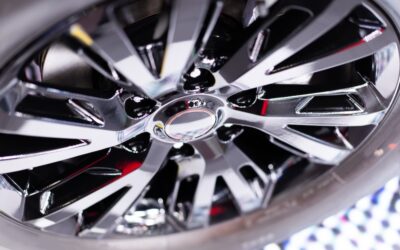Many people love waking up to find the world covered in snow. But for some people, particularly those who drive a lot, snow can bring a lot of headaches.

If your car’s covered in snow, obviously you’re going to clean the windscreen. But far too many drivers ignore the roof…
Is It Illegal to Drive with Snow on the Roof of Your Car?
Technically, there are no UK laws concerning snow on the roof of your car, and there is no specific offence related to driving with snow on your car.
But you still need to clear all snow off the roof of your car before you set out on your journey. Because as you drive, this snow could quite easily slip and obscure your windscreen. It could also fly into the path of another car.
So while it’s not exactly illegal to drive with snow on the roof of your car, doing so is incredibly hazardous for you and for other road users. It’s an accident waiting to happen, and it could leave you open to being penalised for certain offences that actually do exist.
What if snow slips and covers your windscreen?
Suddenly you’re breaking the law. You could be penalised for “using a motor vehicle in a dangerous condition”, or for simply driving without a clear view of the road in front of you.
And if that snow slips off into the path of another car?
That’s “driving without due consideration”, which is absolutely an offence. For this, you can expect a Fixed Penalty Notice, and you might expect a court appearance, 3 to 9 points on your licence, a discretionary disqualification from driving, and a maximum penalty of £5,000.
So yes, it’s not illegal to drive with snow on the roof of your car. But doing so can land you in a lot of hot water.
It’s not worth the risk! It takes a matter of seconds to clear the snow from the top of your car, so don’t neglect the roof when preparing your car for a journey on a cold day.
Driving in the Snow – Other Safety Checks and Considerations
Driving in the snow can leave you with:
- Reduced visibility
- Less grip
- Increased stopping distance
- Constant risk of invisible ice
Driving in the colder months of the year can be harrowing so it’s important to be prepared. We have loads of resources that will help you get to grips with driving in the winter.
First, we have a guide to getting your car ready for winter. It features a breakdown of all the things you’ll have to check, from the battery to the lights, and a list of the winter essentials you should keep in your car as the temperatures fall.
We have a couple of guides to driving in snow. Our essential guide to driving in snow covers the basics, such as the importance of planning your route, and the occasions when it might be a good idea to avoid driving altogether. Next, we have the Do’s and Don’ts of Driving in Snow, a quick fire checklist that will help you prepare for a number of situations.
A common issue for drivers in the winter is when the car won’t start at all in the cold weather. You can read our guide to what to do if this happens to you here. Finally, there’s the issue of driving on ice, which isn’t always visible on the surface of the road. Here’s how to tell if you’re driving on ice, and what to do to stay safe.
One Last Thing for Total Peace of Mind
Breakdowns and accidents are more common in cold weather. When driving in snow, you’ll be able to drive with much more peace of mind if you have comprehensive car insurance to cover you in the event of an incident.



